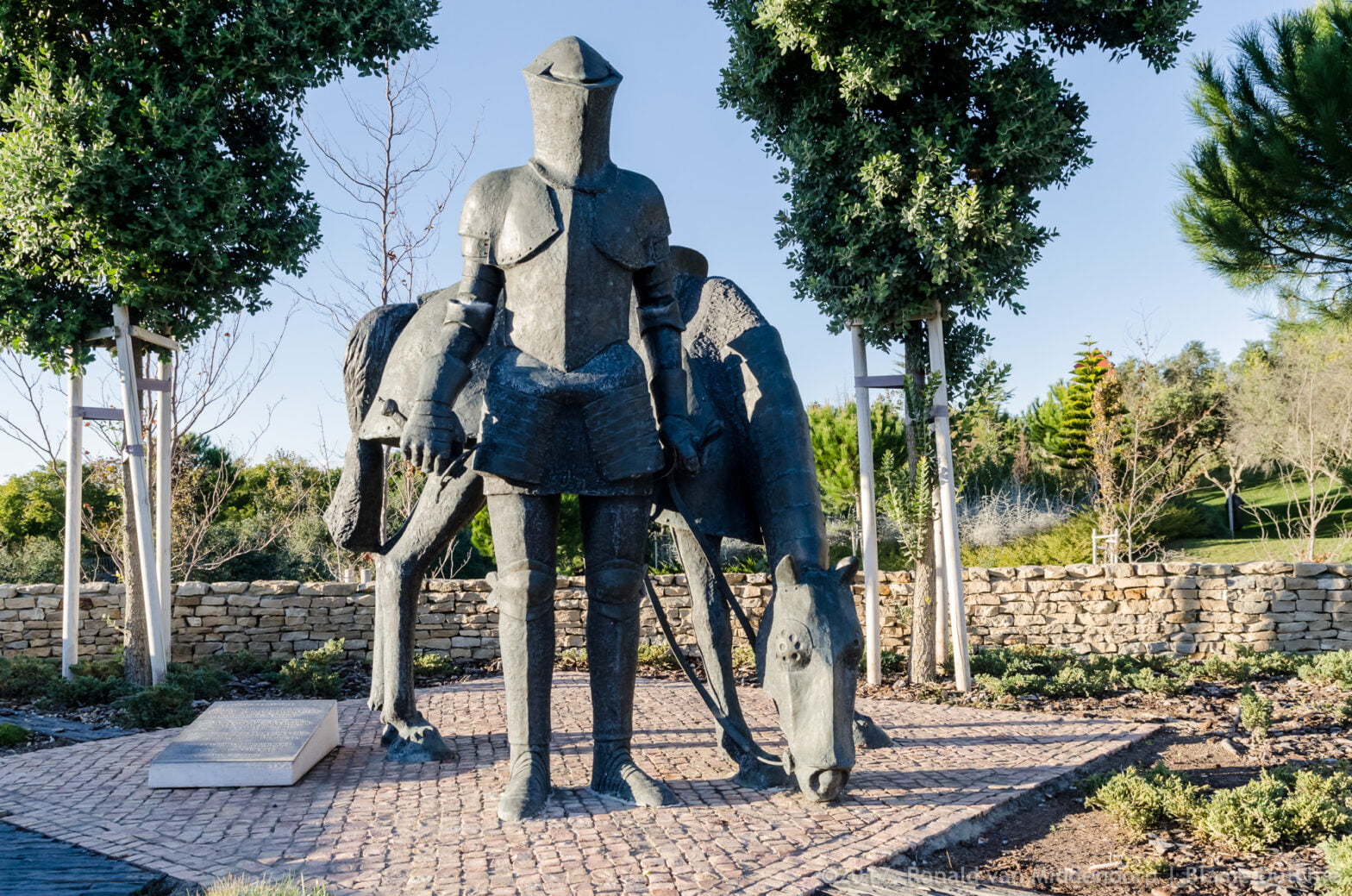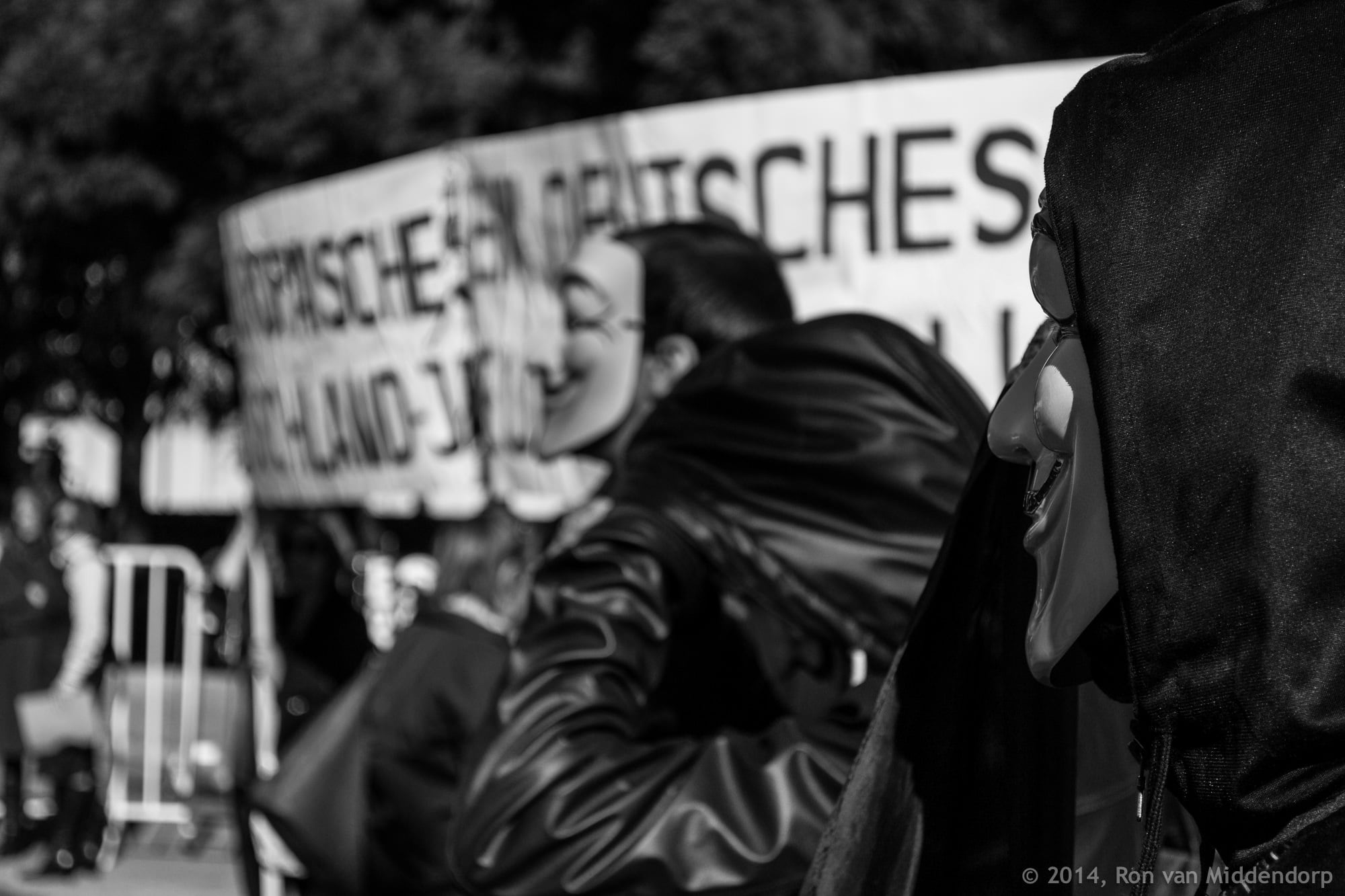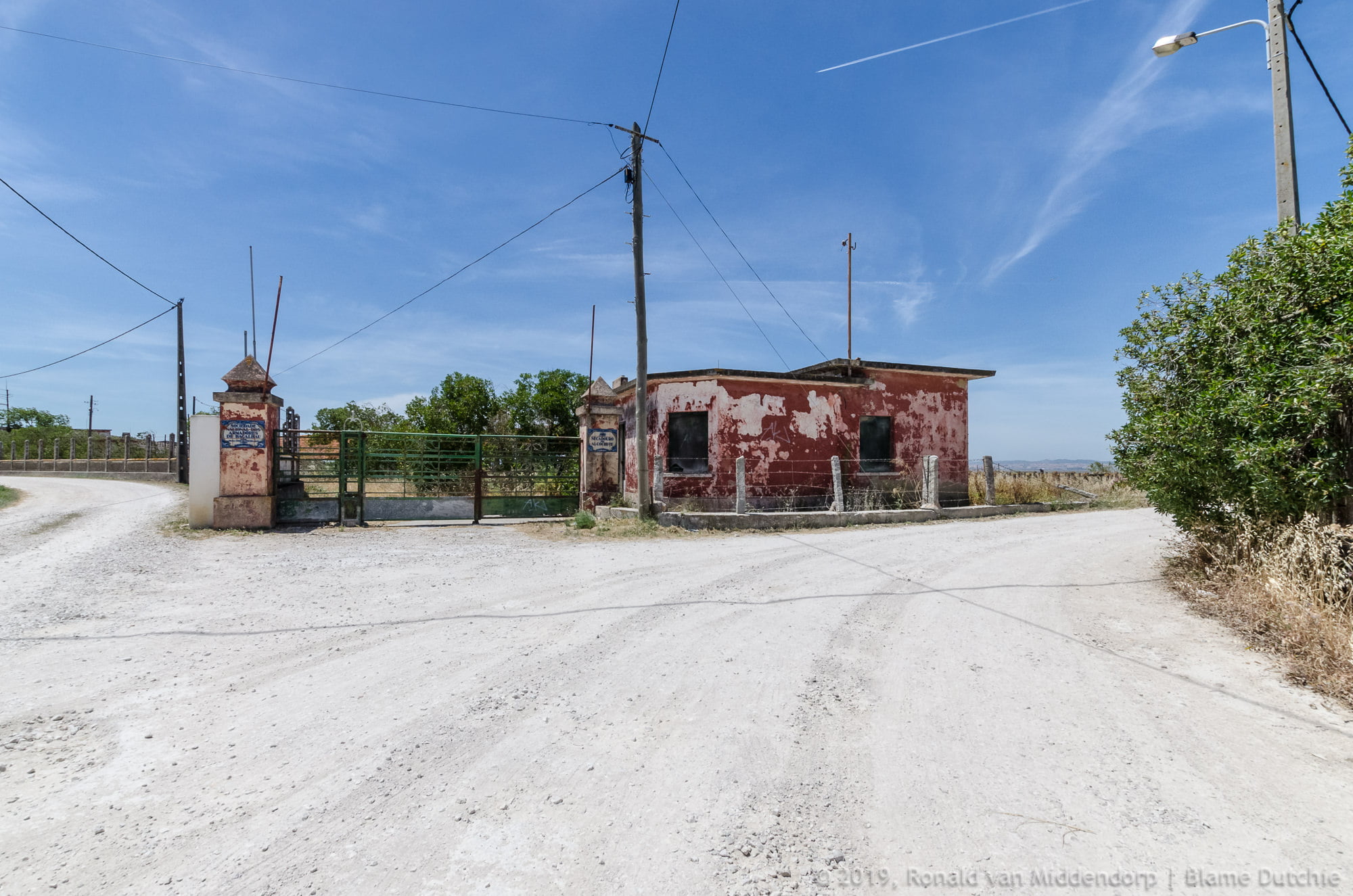One of the first parks in Lisbon I was introduced to was the Parque dos Poetas. At the time I was still living at Cavernães, but would sometimes visit Lisbon. The best way to get to know a city is to visit places and this park was one of places away from the busy city center. I had no idea back then that the park consisted of two parts, each with a completely different look and feel. The only part I during that visit was the part with twenty white statues from the hands of the sculptor Francisco Simões. Interesting, yet boring at the same time. I had just picked up photography again after many years of not taking one single shot and capturing the white statues while the bright Portuguese sun basically turned everything in a blasting overexposure was quite a challenge. Now, six years or so later I saw that there was an entire area left to be discovered. It also contains artwork honoring the poets, but no white statues.
As it seems, the first person dreaming of having a park dedicated to Portuguese poets and the beauty of the language was Isaltino Morais, mayor of Oeiras (1985-1989). The area was expensive and other urgent urban projects proved to be obstacles in the realization of the dream. In the early nineties political choices were made, the park would become a reality and negotiations with land owners were initiated.
In 1995 new dreamers become part of the story: the poet and writer David Mourão-Ferreira and the sculptor Francisco Simões. After a joint exhibition of the work of these two masters of Portuguese culture, the idea of associating poetry and sculpture in a tribute to Portuguese culture of the 20th century arose. Something that would be a hallmark of the municipality of Oeiras and represent a tribute to the legacy conveyed to new generations of Portuguese.
Thus arose the idea of a grove of poets: 20 sculptural representations of the 20 most important Portuguese poets, to be executed by the sculptor Francisco Simões. It was decided to invite the landscape architect Francisco Caldeira Cabral to be responsible for the design of the project. He brought with him the architect Elsa Severino and her team who in no time drafted the first sketches of what was then called the Alameda dos Poetas (Avenue of Poets). This idea evolved into a Park of Poets, with finally in 2003 the inauguration of the first ten acres which showed twenty poets of the twentieth century.
The dream continued in 2013, with the initiation of 13 more literary figures from the Troubadours to the Renaissance. In an area of seven hectares, with the original Avenue of Poets as the structural axis of the Park, ensuring the link and the continuity of the first to the second phase. In July 2015, the project reached its final stage, with the representation of 17 poets from the Baroque (18th century) to the Romantic (19th century) and 10 poets representative of (former) Portuguese territory, like Brazil, Timor and Cabo Verde. Also, an amphitheater was opened.
One can easily spend several days in the different areas of the park and never see all the statues or read every single poem. With the Templo da Poesia, a building with work rooms, exhibition area, a restaurant, an auditorium and a large balcony with a panoramic view over the county, it is easy to forget the time throughout the year. Definitely worth a trip when your visiting Lisbon. Gosh, I sound like a commercial! No, seriously…
There are only two things about the park that I find a bit annoying: the relentless wind due to the park being located on a relatively high spot close to the river Tejo, and the fact that it can take a lot of patience if you want to take a nice photograph of the popular installations. Other than that, it really is a wonderful place. Go visit it!
























